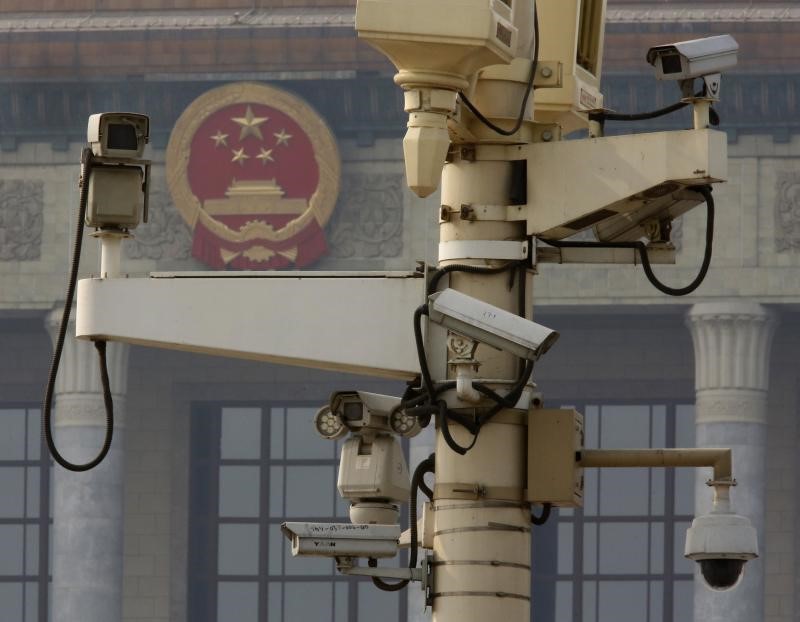Governing 1,417,332,945 People*
Mao Zedong founded the Chinese Communist Party (CCP) in 1921, and defeated Chiang Kai-shek’s Kuomintang (KMT) nationalist party in civil war. The KMT fled to Taiwan and the CCP declared the People’s Republic of China on October 1st 1949. The CCP under Mao reshaped Chinese industry and farming, instituting his Chinese version of communism. But mass movements to improve production resulted in famine and millions of deaths.
Factional conflicts following Mao’s death in 1976 eventually led to the rise of Deng Xiaoping. Deng never held positions as head of state or the CCP. He shifted China away from the one-man rule of Mao. Deng introduced collective leadership and instituted term limits and a mandatory retirement age. He opened China to the global economy, enabled farmers and industrial enterprises to make economic decisions and pursue profits, and rewarded initiative, telling his workers “to get rich is glorious.”
In the early 1980s Deng supported the rise of Hu Yaobang through the ranks to general secretary of the CCP. Hu replaced discredited Maoist ideology with a more open political system, including elections for positions on the policy-making committee and government transparency. He was popular among students who supported his political reforms, and following his death in April 1989, thousands of mourning students marched to Beijing and Tiananmen Square. The gathering at Tiananmen grew to an estimated 1.2 million people, leading to imposition of martial law.
On June 4, 1989 Chinese troops entered Tiananmen and fired on demonstrators, ending in death estimates of at least 300 and as many as 10,000. No official report of deaths was ever given. Deng approved the declaration of martial law at Tiananmen Square. He also led the economic opening of China’s economy to the outside world. His 1992 tour of south China reinvigorated the market economy, a move that introduced decades of rapid growth and provided the CCP with a base of legitimacy.
As China’s economy grew, United States administrations reasoned that increased commercial relations with China would bring liberalization to the Chinese economy. An article in Foreign Affairs by Kurt M. Campbell and Ely Ratner stated that this position “drove U.S. decisions to grant China most-favored-nation trading status in the 1990s, to support its membership in the World Trade Organization in 2001, to establish a high-level economic dialogue in 2006, and to negotiate a bilateral investment treaty under U.S. President Barack Obama.”
China recorded GDP real growth rates of ten percent or more during most years from the early 1990s through 2010, becoming a prominent trading partner with the world’s largest economies. But economic liberalization did not bring political liberalization. The CCP offered a bargain to the Chinese people: it is okay for you to make money and enjoy some personal freedom, but you may not challenge the party’s power or form organizations other than those that are under control of the party.
Although the CCP strives for “stability” and “harmony” in balancing economic growth and popular support, citizen interaction with government officials, especially at the local level, is frequently painful. Corruption and collusion among political officials and business elites is rampant. Property rights are ignored by local officials. Reports of “public-order disturbances” are said to occur annually by the tens of thousands, with one report estimating about 180,000 incidents occurred in 2010. Protests by farmers and students are common. An October 6th, 2018 protest by military veterans was reported by The Economist.
One-man rule has virtually been restored since Xi Jinping came to power in 2012 and removed term limits on his presidency. Fighting corruption and maintaining order are top priorities. Activists, journalists and human rights lawyers routinely receive lengthy jail terms. Social media and technology such as facial recognition and ubiquitous monitoring devices such as those pictured enable the government, and the CCP, to identify threats and locate individuals quickly. China expert Orville Schell writes, “China is sliding ineluctably backward into a political climate more reminiscent of Mao Zedong in the 1970s than Deng Xiaoping in the 1980s.”
In an article in the New York Times titled “Xi Sets China on a Collision Course With History,” Max Fisher wrote, “Most Chinese, Beijing seems to hope, will accept authoritarian rule if it delivers at least some of the benefits promised by democracy: moderately good government, somewhat responsive officials and free speech within sharp bounds.”
* Population of China on November 30, 2018 according to official United Nations estimate.
.

